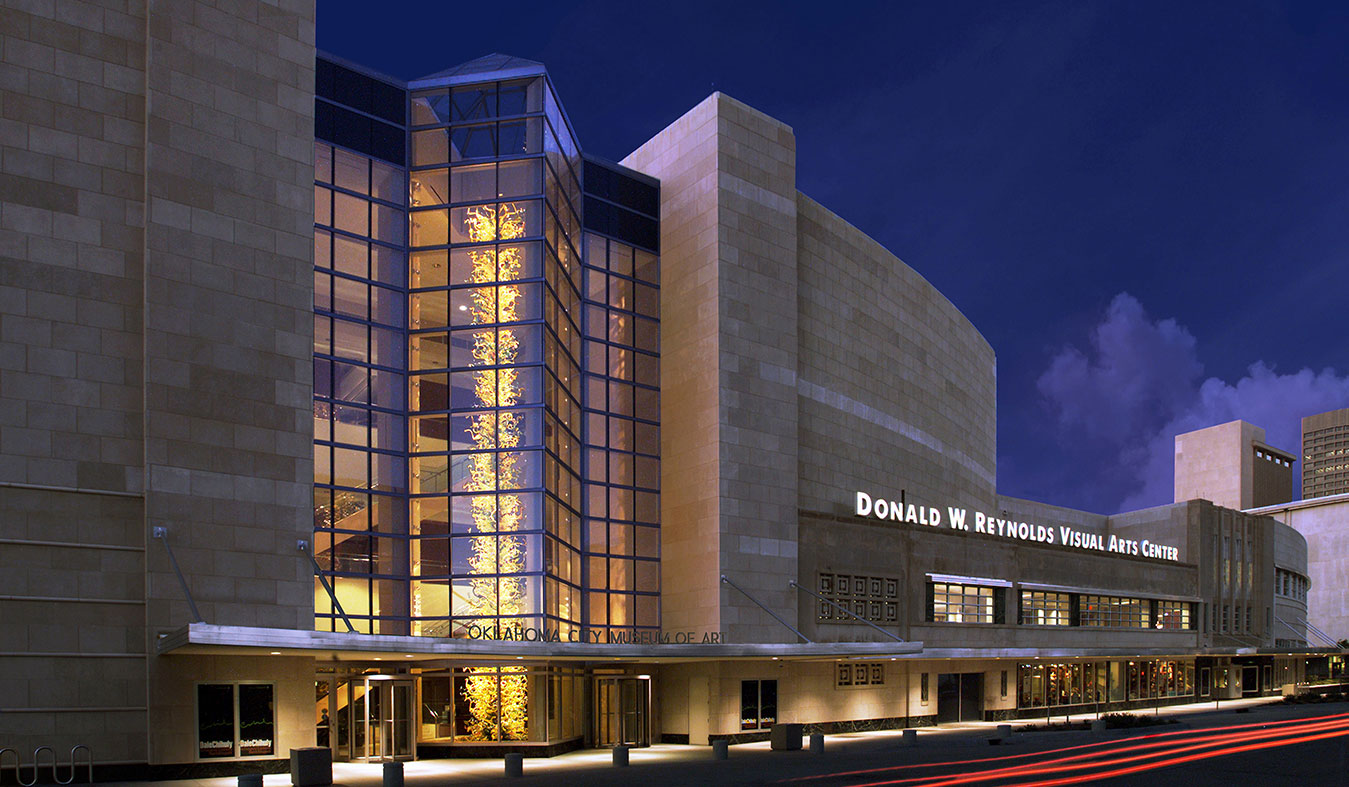Sep 24 2015 - Apr 16 2017
Oklahoma City, OK
Modernism was a philosophical, societal, political, artistic, and literary movement that originated in Europe in the late nineteenth century. A response to the major transformations of the era, practitioners of modernism often aimed to “make it new,” in the often-quoted words of poet Ezra Pound. For painters —beginning with Vasily Kandinsky, Kazimir Malevich, and Piet Mondrian, in particular— abstraction became one of the chief methods through which the aims of modernism would be achieved, namely the creation of new artistic language befitting of the period’s societal ruptures.
The Modernist Spectrum: Color and Abstraction joins the story in the United States, after World War II, at a time when abstract art was not only ascendant, thanks to Jackson Pollock and the Abstract Expressionists, but also associated with America’s global identity as a newly emergent geopolitical and cultural superpower. The works on view in The Modernist Spectrum explore the invigorating ways in which postwar American artists, especially those associated with the Washington Color School, made it new, producing novel work that sought to reinvent abstract art through an alternatively rigorous and playful manipulation of color, line, and shape.
Credit: Exhibition overview from museum website.
Exhibition Venues & Dates
Sep 24 2015 - Apr 16 2017
Oklahoma City, OK
